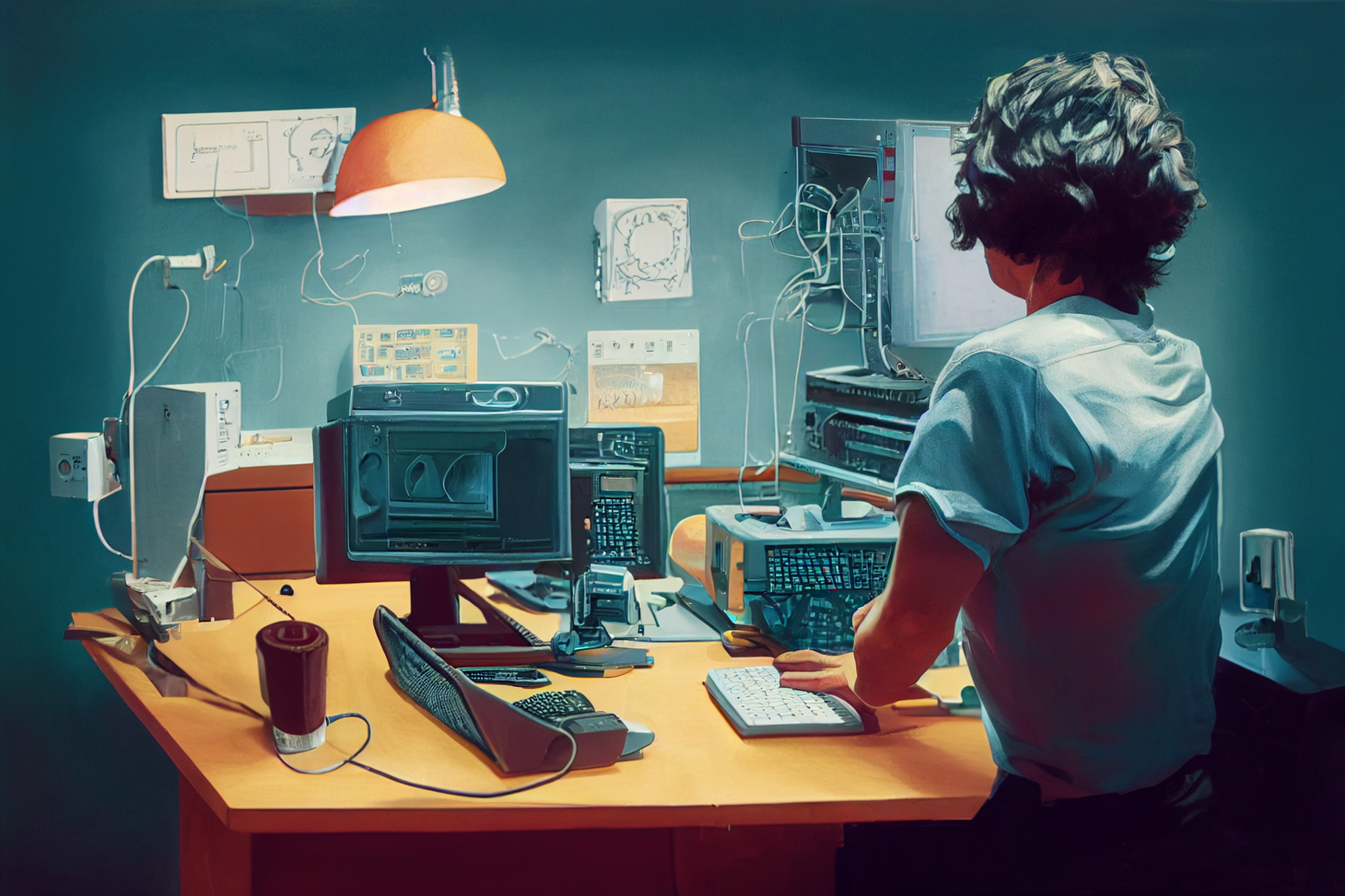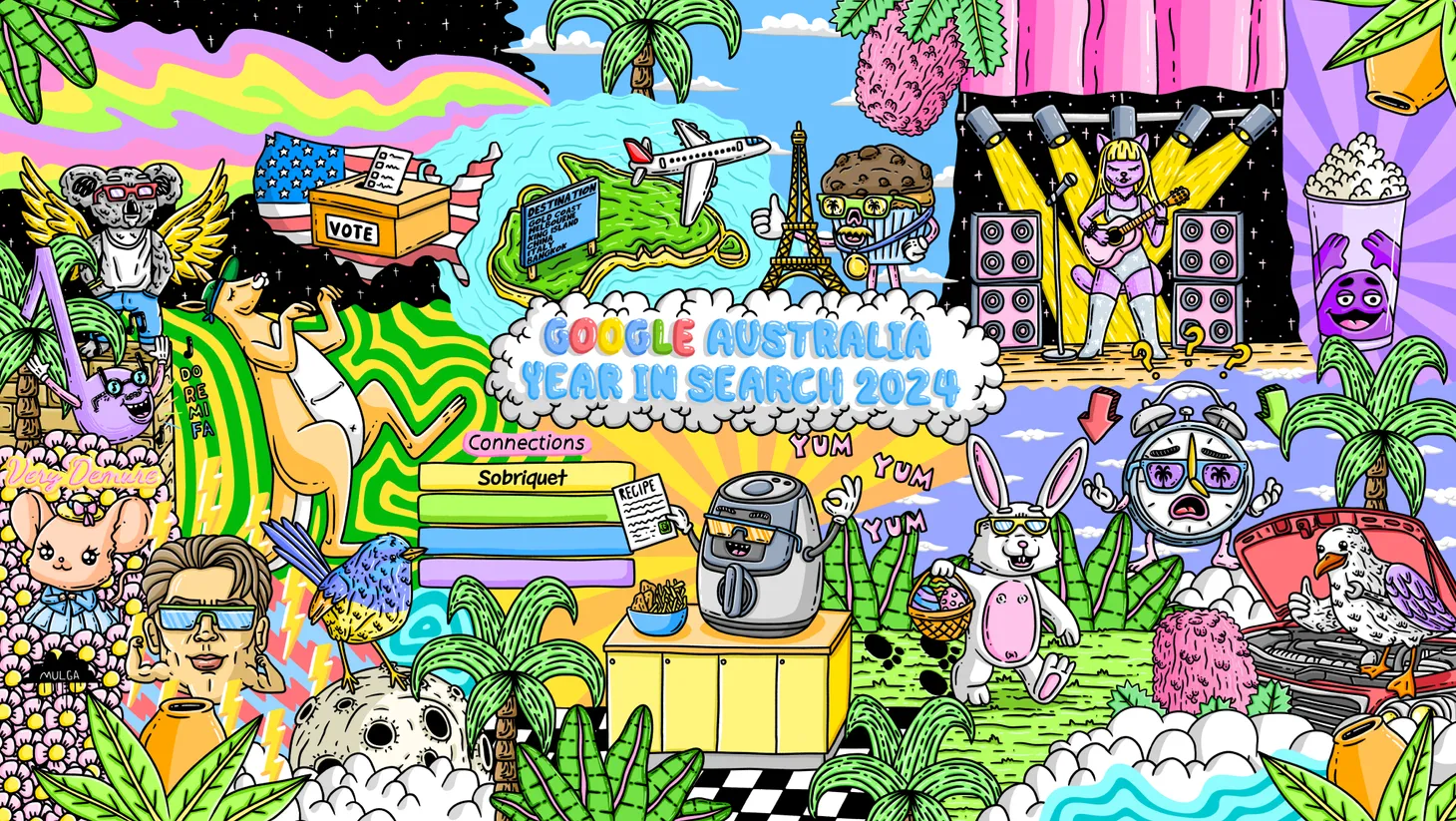Slack, Canva, and a reset on where we spend our workday
In a year where every business is looking for an excuse to reduce costs, adding a few more 'essential' features to a subscription service can keep you off the cut list.

In the past few days we've had two major launches that breathe some fresh life into how we think about the software we use for work. Last week Canva announced its new Worksuite, adding documents, websites and new video tools to its already powerful creative production toolset. And today at Dreamforce, Slack announced Canvas (OK, let's not get confused here), a new space for structured documents and workflows that complements the real-time chat spaces Slack is known for.
As a user of both platforms, it feels like we're arriving at a place where I may not only go to these tools for short bursts of activity but instead stay there for half a day of focused work. And until these announcements that's generally been the domain of two specific companies – Google and Microsoft.
Actually, there's a third for some. Adobe. And Adobe also made its own big announcement this past week, buying Figma for US$20 billion. Undoubtedly most of you know who Adobe is but Figma could be a headscratcher. But for app and web developers and designers, Figma has fast become its own place where they spend most of their time at work. It's a wonderfully usable web-based collaboration service for designers. Adobe files slot into it nicely enough, but Figma was fast becoming the heartbeat of a designer's day. Adobe was becoming 'just another tool'.
For Adobe, maintaining its place at the centre of design must have seemed existential. Adding Figma to its business ensures that it can more deeply integrate its tools into Figma by default, maintaining its place in that new 'home' for a lot of modern design work. Figma didn't need Adobe as much as Adobe needed Figma. That's why it paid SOOO much money for it. An offer it couldn't refuse.
Back in day to day work land, Google and Microsoft have dominated these spaces for decades. The 'upstart' Google Docs launched in 2006, and has had enough time to have most users know that it's a nice place to type words or crunch numbers, but – like Microsoft Office – it isn't great at making things look pretty.
That's where Canva steps in. What if our documents could look nice as soon as we start working on them? What if it was easy to drop in a really nicely designed chart? These are pretty good questions to offer an answer to, right alongside the place many small businesses already go to make the graphics and posters they need.
Website building has also been one of those tasks most people hate but know they need to do. Canva offering a solution there too suddenly makes it the home for the public face of your entire business. Socials, sites, presentations, and now documents. All in one place.
In a year where every business is looking for an excuse to reduce costs, adding a few more 'essential' features to a subscription service can keep you off the cut list.
I'm a long-time Slack user, and I'll admit I have been thinking about it amongst a few tools on whether I can integrate my workplace chat needs elsewhere. It's really good at what it does, but if all I need is chat is there another way to get that?
With Canvas – which sadly won't launch until early 2023 – we get a very big upgrade to what kind of 'digital HQ' Slack can be. I've integrated Trello notifications and other tools into Slack before, but just having more messages in a chronological stream isn't all that helpful. With Canvas, we get ways to create a structured space for key links and even buttons to trigger functions in other services. There's a lot of potential to make it a real hub, not just a chat service with hub-like features.
Canvas feels like the leap toward Slack becoming more indispensible for people who really love using it. It's got a big mission to hold back the Microsoft Teams juggernaut in this space. But like Canva, if it can deliver an alternative set of services in a way that offers the elegance and power many users crave, it can maintain its place as the virtual HQ for those who seek more than a default for years to come.
I like using tools that make me think "wow, someone really thought about this!" I get that from both Slack and Canva, so I'm excited to explore all these new features and see how they change my thinking about day-to-day work. We should never get lost in 'trying things', but new tools that change up how we experience our workday can help us to remember what we want out of our working lives.
Byteside Newsletter
Join the newsletter to receive the latest updates in your inbox.



